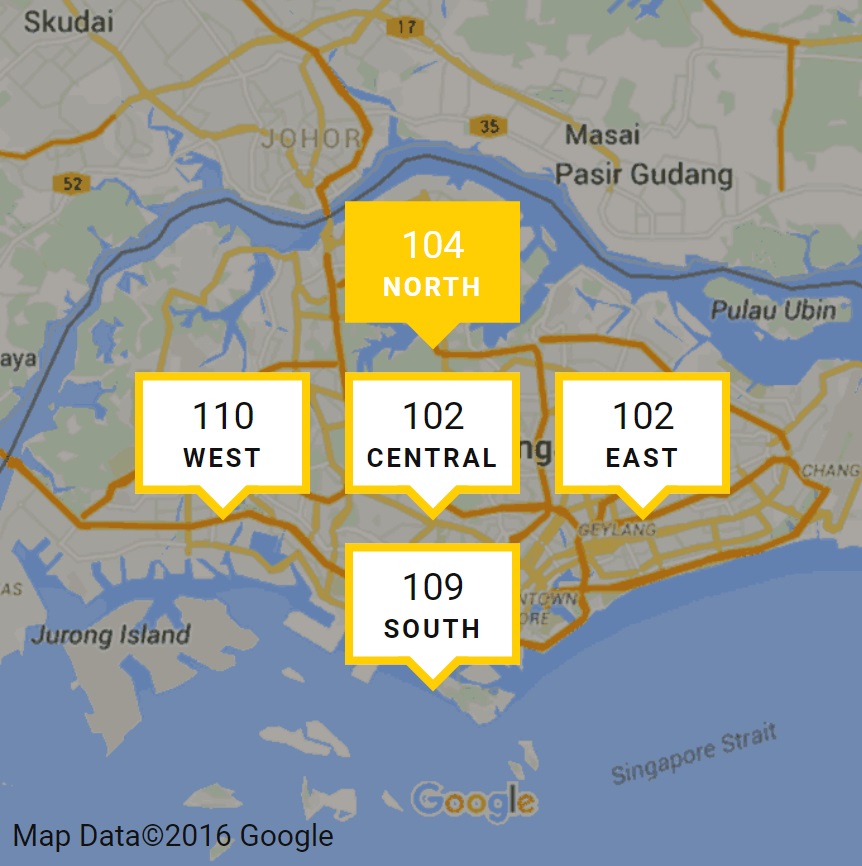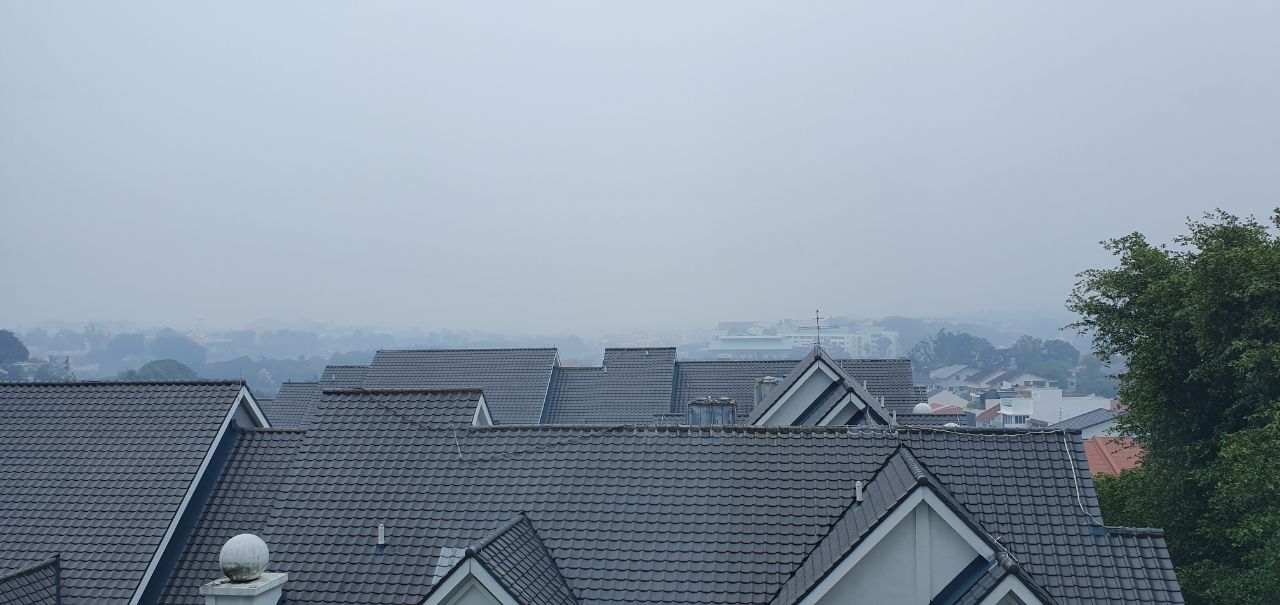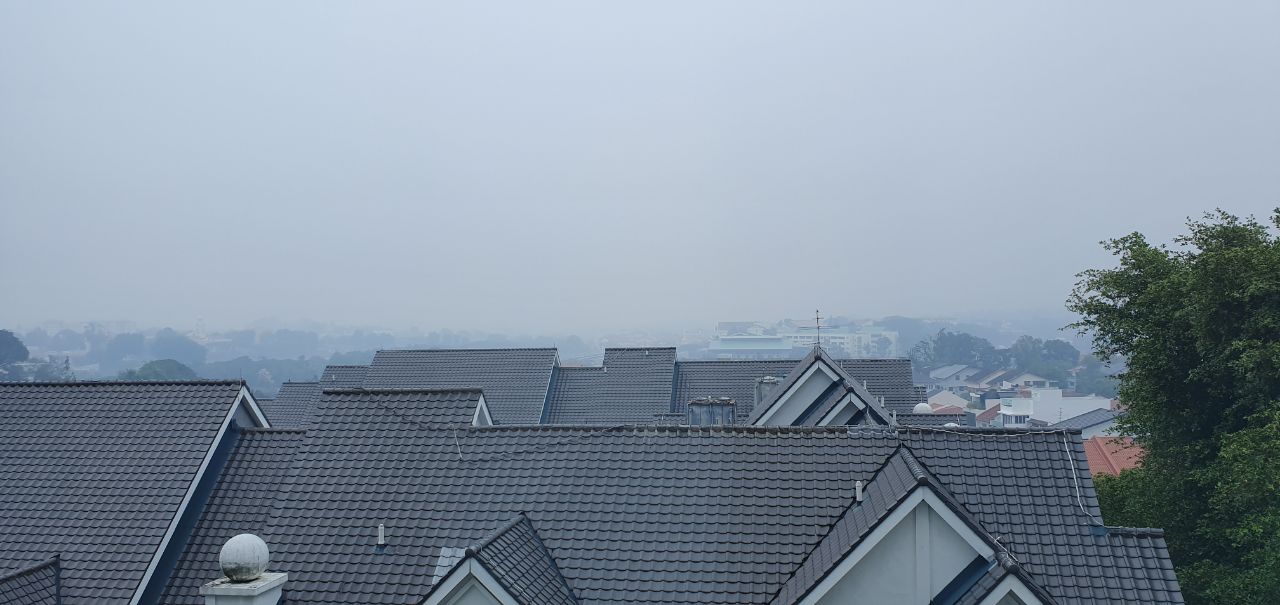The haze is back in Singapore again, thanks to several hotspots in Indonesia.
The 24-hour PSI on Sep. 15 at 4pm is between 102 and 110, which sits in the unhealthy range:
 Haze.gov.sg
Haze.gov.sg
More smoke sighted = higher PSI?
To some, the haze may appear worse than the PSI indicates.
One question many would probably pose: How can such a smog be just "borderline unhealthy" in the PSI range?
 Photo by Julia Yeo
Photo by Julia Yeo
Water-bound particles
According to the National Environment Agency (NEA), poor visibility doesn't mean the air is more polluted.
The amount of water vapour in the air is a significant factor in visibility.
Water droplets scatter light, thus, resulting in lower visibility.
In addition to that, some air pollutant particles also attract water molecules, resulting in larger particles that scatter more light.
These particles, in turn, cause poor visibility to go on for a longer period.
What this means is that high humidity and rain, on top of the smoke from the haze, can cause the visibility to be much lower.
Burning smell =/= higher PSI
Another factor that people associate with haze is a strong, burning smell.
However, this again isn't necessarily an indicator of an increase in the PSI reading.
According to NEA, transboundary haze affecting Singapore mainly arises from forest and peat fires in the region.
Apart from generating smoke particles, the vegetation and peatland fires also generate a complex mixture of gases which can cause the burning smell.
You can read more here.
If you like what you read, follow us on Facebook, Instagram, Twitter and Telegram to get the latest updates.
